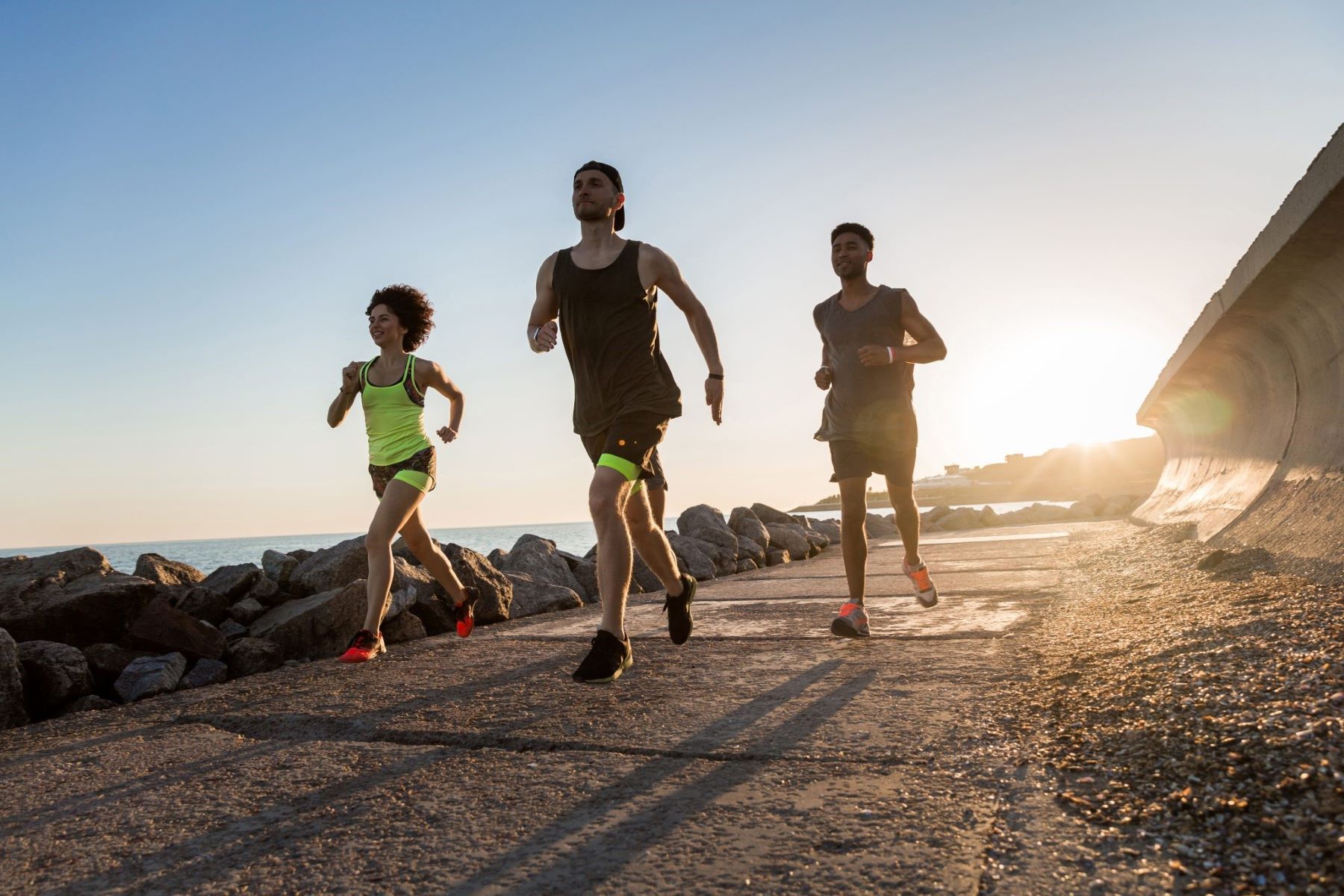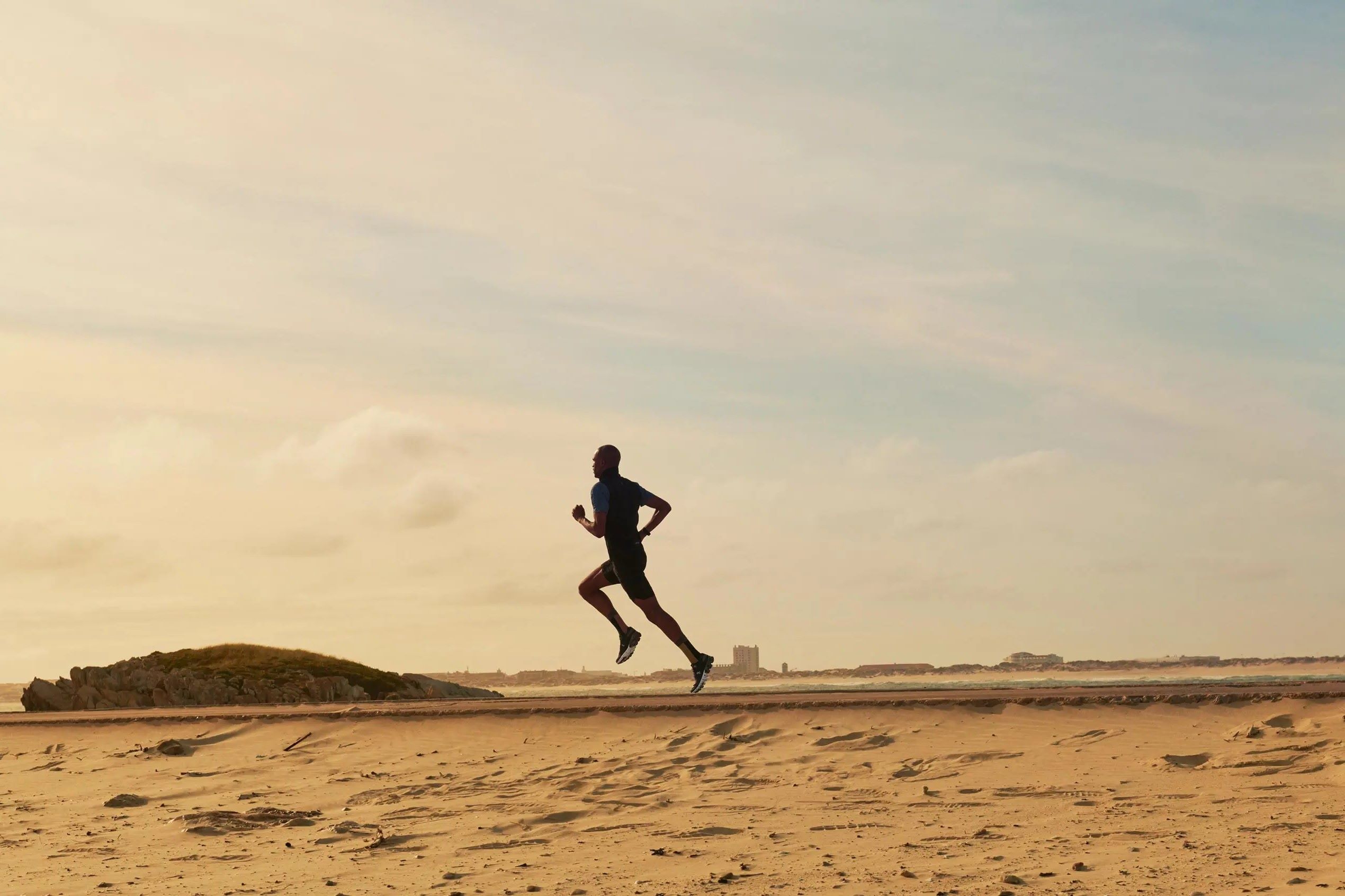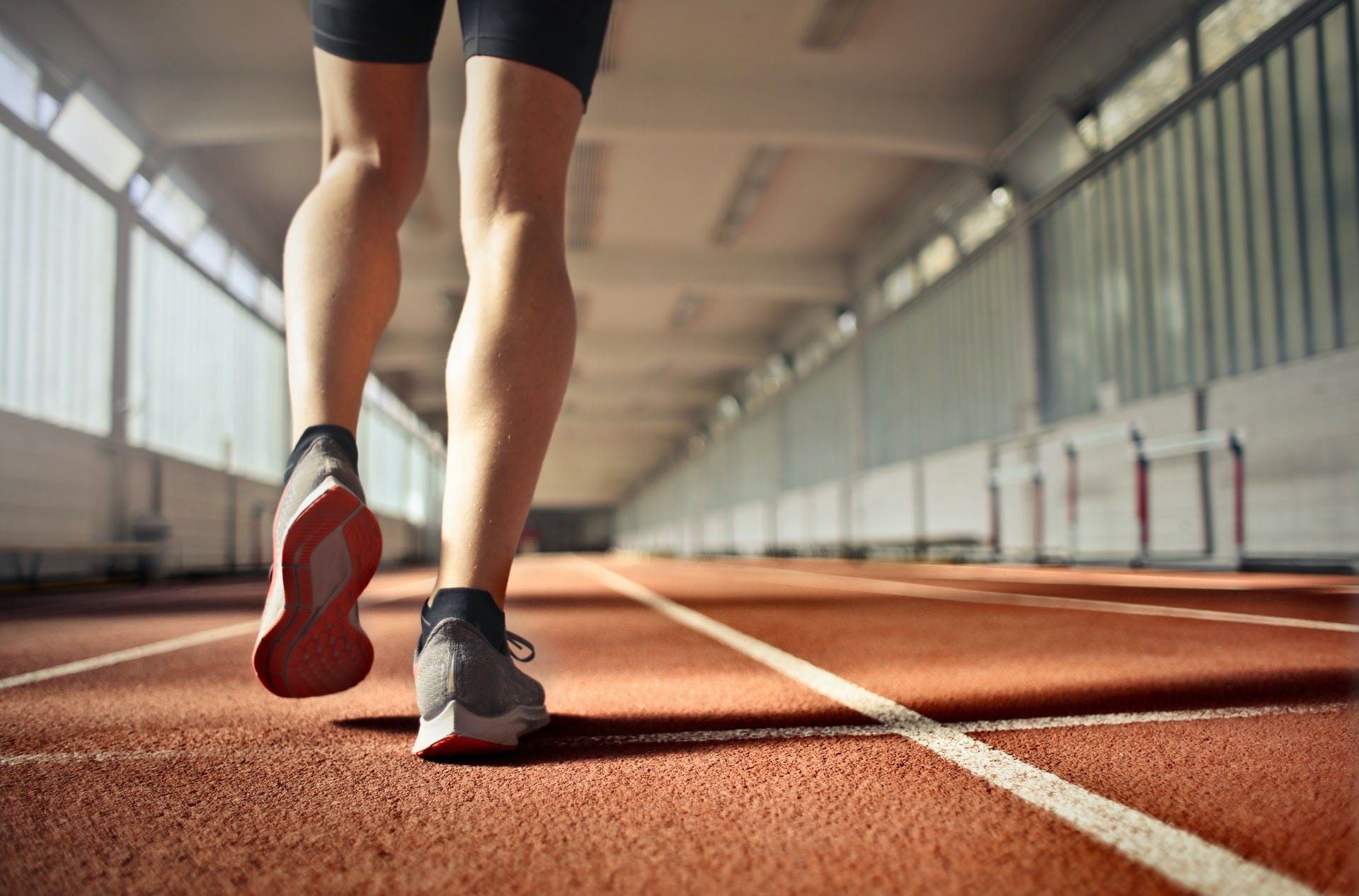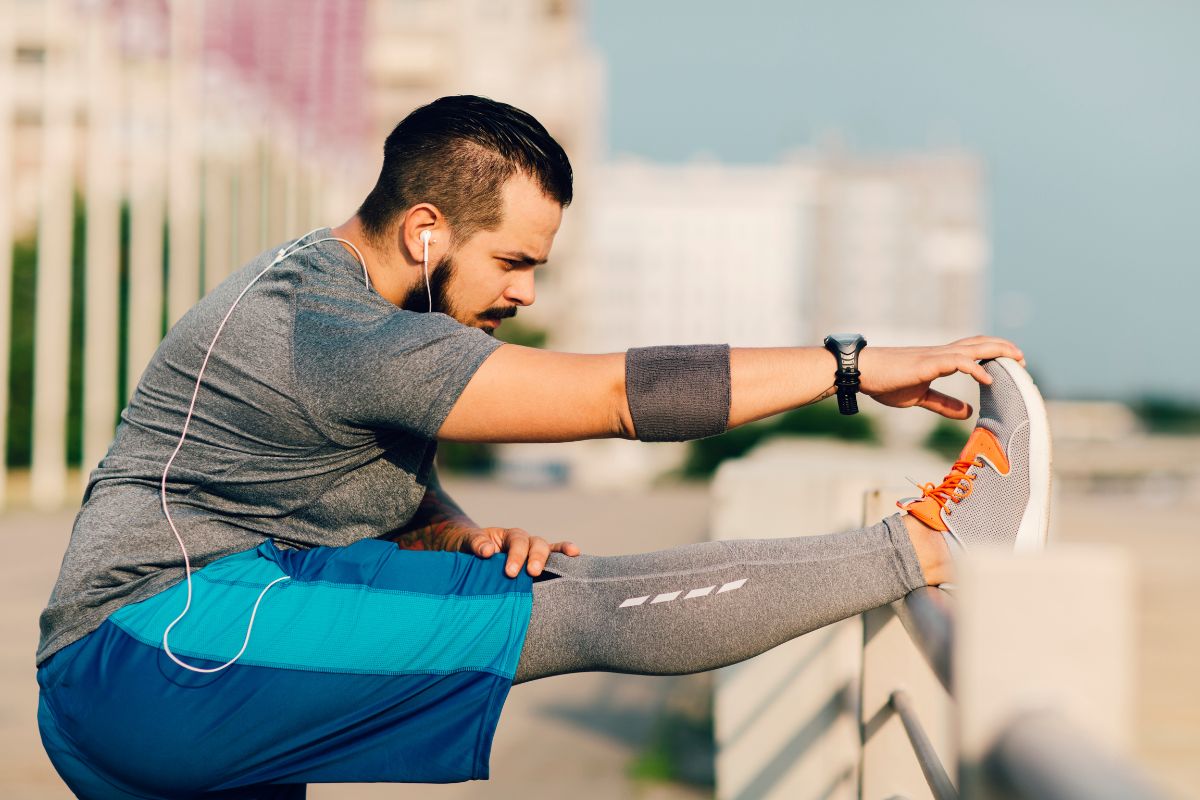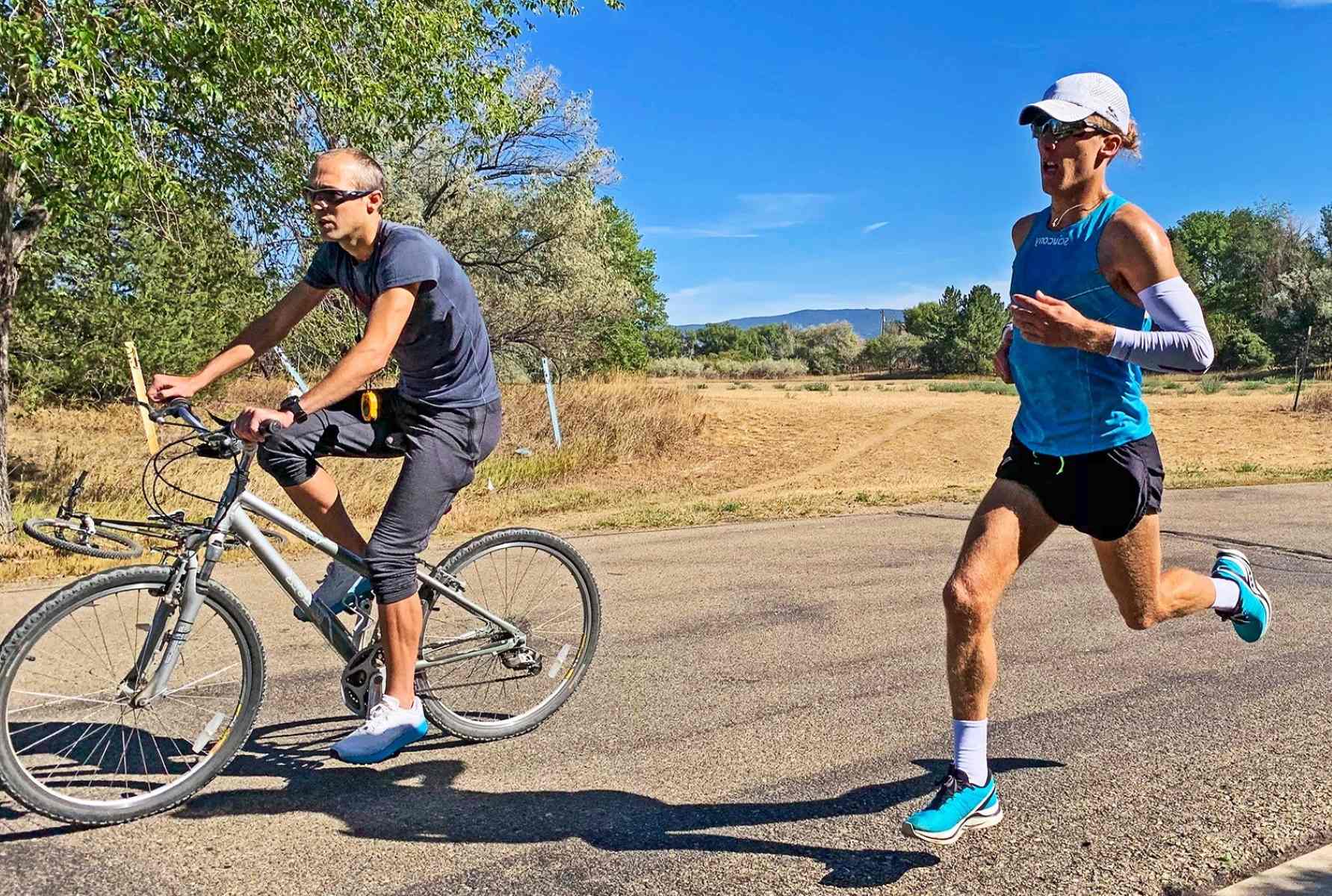Home>Health & Nutrition>Recovery>Understanding Percussive Therapy: A Game-Changer For Runners
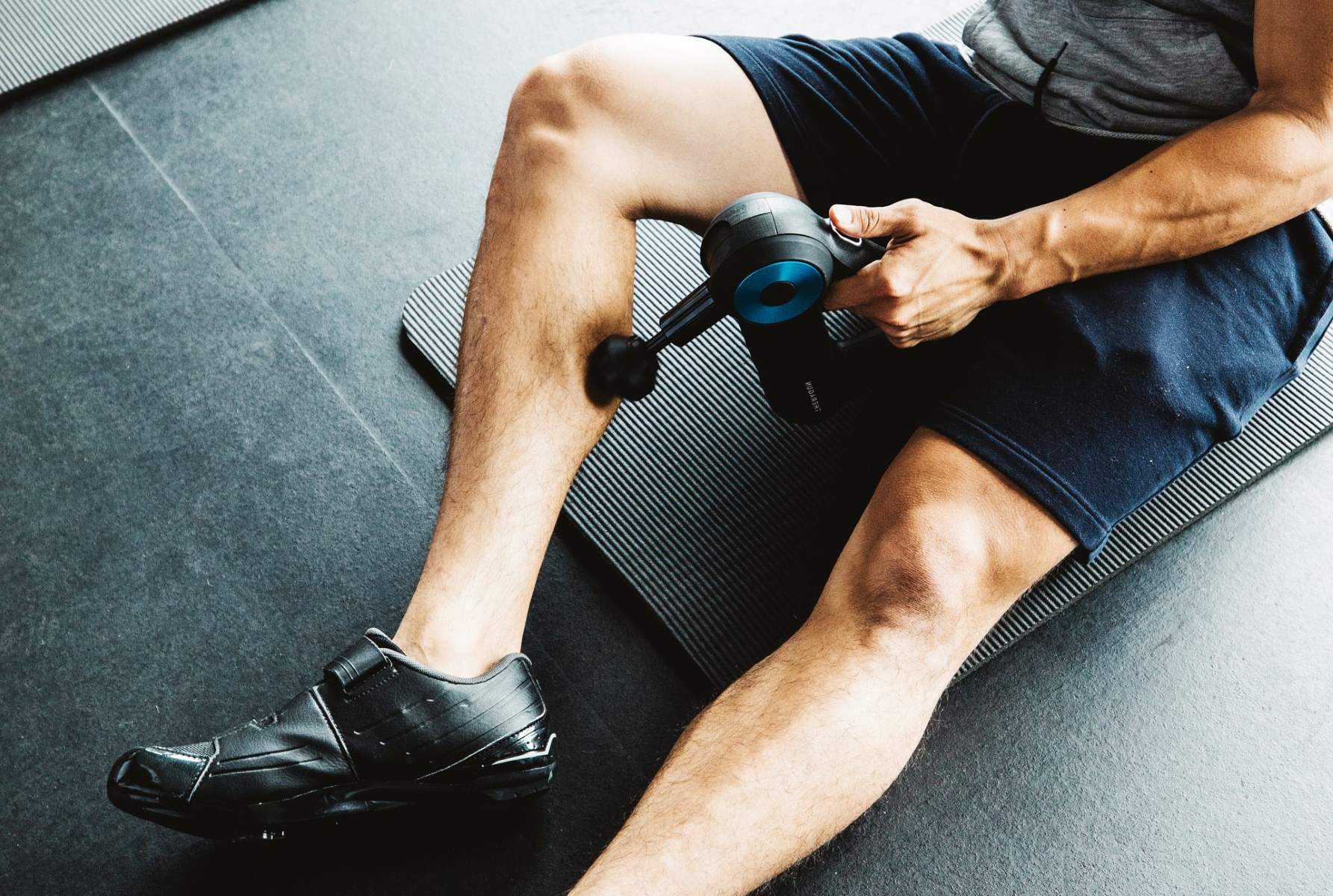

Recovery
Understanding Percussive Therapy: A Game-Changer For Runners
Published: February 27, 2024
Discover how percussive therapy can revolutionize your post-run recovery routine. Learn how this game-changing technique can help runners bounce back faster and stronger.
(Many of the links in this article redirect to a specific reviewed product. Your purchase of these products through affiliate links helps to generate commission for Therunningadvisor.com, at no extra cost. Learn more)
Table of Contents
The Science Behind Percussive Therapy
Percussive therapy, also known as vibration therapy or percussion massage, is a cutting-edge technique that has gained significant attention in the realm of sports recovery. At its core, percussive therapy involves the use of a handheld device that administers rapid bursts of pressure to targeted areas of the body. This process is designed to alleviate muscle soreness, enhance blood circulation, and expedite the recovery process following intense physical activity.
The efficacy of percussive therapy can be attributed to its impact on the body's soft tissues. When the device's head comes into contact with the skin, it delivers rapid pulses that penetrate deep into the muscles. This action triggers a response known as the "mechanical amplification of blood flow," which essentially means that the rapid pressure waves generated by the device stimulate the dilation of blood vessels. As a result, this process enhances blood circulation to the treated area, facilitating the delivery of oxygen and nutrients while expediting the removal of metabolic waste products.
Moreover, percussive therapy has been found to activate the body's sensory receptors, specifically the Golgi tendon organs and muscle spindles. These receptors play a pivotal role in regulating muscle tension and promoting flexibility. By stimulating these receptors, percussive therapy can help alleviate muscle tightness and enhance range of motion, thereby reducing the risk of injury and improving overall athletic performance.
Furthermore, the rapid pressure applied during percussive therapy has been shown to disrupt the transmission of pain signals to the brain. This mechanism effectively reduces the perception of pain, making it an invaluable tool for managing post-exercise discomfort and accelerating the recovery process.
In essence, the science behind percussive therapy underscores its ability to enhance blood circulation, alleviate muscle tension, and mitigate pain perception. By harnessing these physiological responses, percussive therapy has emerged as a game-changing modality for runners seeking to optimize their recovery and performance.
Benefits of Percussive Therapy for Runners
Percussive therapy offers a myriad of benefits that are particularly advantageous for runners striving to enhance their performance and expedite post-run recovery. Here are the key advantages:
1. Accelerated Recovery
After an intense run, muscles often experience micro-tears and metabolic waste buildup, leading to soreness and stiffness. Percussive therapy aids in accelerating the recovery process by enhancing blood circulation and promoting the efficient removal of metabolic byproducts. This, in turn, reduces muscle soreness and expedites the repair of damaged tissues, allowing runners to bounce back quicker and resume their training regimen.
2. Alleviation of Muscle Soreness
Runners frequently contend with muscle soreness, especially after rigorous training sessions or races. Percussive therapy effectively targets sore muscles, providing relief through the rapid bursts of pressure that penetrate deep into the tissues. By mitigating muscle soreness, runners can maintain a consistent training schedule without being hindered by discomfort.
3. Improved Flexibility and Range of Motion
Maintaining optimal flexibility and range of motion is crucial for runners to prevent injuries and optimize performance. Percussive therapy stimulates the body's sensory receptors, promoting muscle relaxation and reducing tension. This results in improved flexibility, allowing runners to move more freely and efficiently during their runs.
Read more: Benefits Of Cold Water Therapy For Runners
4. Enhanced Blood Circulation
Efficient blood circulation is vital for delivering oxygen and nutrients to the muscles, as well as removing metabolic waste products. Percussive therapy's rapid pressure waves stimulate the dilation of blood vessels, thereby enhancing blood flow to the treated areas. This heightened circulation facilitates the replenishment of nutrients and oxygen, promoting faster muscle recovery and overall performance improvement.
5. Pain Management
Runners often encounter discomfort and pain, particularly in high-impact areas such as the legs and feet. Percussive therapy disrupts the transmission of pain signals to the brain, effectively reducing the perception of pain. This allows runners to manage post-exercise discomfort more effectively, enabling them to focus on their training and performance goals.
In summary, the benefits of percussive therapy for runners encompass accelerated recovery, alleviation of muscle soreness, improved flexibility and range of motion, enhanced blood circulation, and effective pain management. By integrating percussive therapy into their recovery routines, runners can optimize their physical well-being, mitigate the risk of injuries, and elevate their overall performance on the track or trail.
How to Incorporate Percussive Therapy into Your Running Routine
Incorporating percussive therapy into your running routine can significantly enhance your overall performance and expedite post-run recovery. Here's a comprehensive guide on seamlessly integrating this innovative technique into your training regimen:
1. Pre-Run Warm-Up
Before embarking on your run, utilize percussive therapy to prepare your muscles for the upcoming physical exertion. Target major muscle groups such as the quadriceps, hamstrings, calves, and glutes to stimulate blood flow and promote muscle relaxation. This pre-run application can help reduce the risk of muscle tightness and enhance your overall flexibility during the run.
2. Post-Run Recovery
Following your run, allocate time for a thorough post-run recovery session with percussive therapy. Direct the device to areas that have undergone the most strain during your run, such as the calves, thighs, and lower back. The rapid bursts of pressure will aid in alleviating muscle soreness, expediting the removal of metabolic waste products, and promoting faster muscle recovery.
3. Targeted Muscle Relief
Incorporate percussive therapy into your routine to address specific areas of muscle tension or discomfort. If you experience tightness in particular muscle groups due to the repetitive nature of running, such as the IT band or hip flexors, use the device to target these areas directly. This targeted approach can help prevent the accumulation of tension and reduce the likelihood of overuse injuries.
4. Integrate with Stretching
Combine percussive therapy with stretching exercises to amplify the benefits of both modalities. After using the device on a specific muscle group, follow up with static or dynamic stretching to further enhance muscle flexibility and range of motion. This integrated approach can contribute to improved muscle recovery and reduced post-run stiffness.
5. Consistent Application
To reap the full rewards of percussive therapy, consistency is key. Incorporate percussive therapy into your running routine on a regular basis, whether it's before or after your runs, or as part of your overall recovery strategy. By integrating this practice consistently, you can maximize its impact on your muscle recovery and overall running performance.
By seamlessly integrating percussive therapy into your running routine through pre-run warm-ups, post-run recovery sessions, targeted muscle relief, integration with stretching, and consistent application, you can harness the full potential of this innovative technique to optimize your running performance and expedite your recovery process.
Read more: Gear Review: Kinomap Trainer
Choosing the Right Percussive Therapy Device
Selecting the appropriate percussive therapy device is paramount to ensuring an effective and tailored approach to your recovery and performance enhancement as a runner. With a myriad of options available in the market, it's essential to consider several key factors before making a decision.
1. Amplitude and Speed Settings
When evaluating percussive therapy devices, pay close attention to the range of amplitude and speed settings they offer. These settings determine the intensity and depth of the massage, allowing you to customize the treatment based on your specific needs. For runners, having a device with adjustable settings enables you to address varying levels of muscle tightness and soreness, catering to different muscle groups and recovery requirements.
2. Interchangeable Attachments
Versatility is a crucial aspect when choosing a percussive therapy device. Look for models that come with a range of interchangeable attachments, such as different-shaped heads or specialized tips. These attachments can target specific muscle groups and provide varying massage sensations, allowing for a more comprehensive and personalized recovery experience. For runners, having interchangeable attachments can facilitate targeted relief for areas prone to tightness and discomfort, such as the calves, quads, and IT bands.
3. Portability and Ergonomics
As a runner, mobility and convenience are key considerations when selecting a percussive therapy device. Opt for a device that is lightweight, ergonomically designed, and easy to handle. Portability is especially important for runners who may need to use the device before or after races, training sessions, or while traveling. A compact and portable design ensures that you can seamlessly incorporate percussive therapy into your running routine without being encumbered by bulky equipment.
Read more: Understanding The Causes Of Runner’s Itch
4. Battery Life and Charging Options
Assess the battery life and charging capabilities of the percussive therapy device. Longer battery life and efficient charging options are advantageous for runners who require consistent and reliable usage. Whether you're on the go or prefer using the device in various settings, a prolonged battery life and versatile charging options ensure that the device remains readily available for your recovery needs.
5. Noise Level
Consider the noise level of the percussive therapy device, particularly if you plan to use it in shared spaces or quiet environments. Opt for a device that operates quietly without compromising its effectiveness. This is especially relevant for runners who may need to use the device in gym settings, shared living spaces, or during travel, where minimal noise disturbance is preferred.
By carefully considering these factors and evaluating the features of different percussive therapy devices, you can make an informed decision that aligns with your specific recovery and performance enhancement requirements as a runner. The right percussive therapy device can become an invaluable companion in your journey toward optimal running performance and overall well-being.
Precautions and Considerations for Using Percussive Therapy as a Runner
When integrating percussive therapy into your running routine, it's essential to be mindful of certain precautions and considerations to ensure a safe and effective experience. As with any recovery modality, understanding the potential implications and best practices is crucial for maximizing the benefits of percussive therapy while minimizing the risk of adverse effects.
1. Avoid Bony Prominences
When using a percussive therapy device, exercise caution around bony prominences such as the shins, knees, and ankles. Directing the device over these areas with excessive pressure can lead to discomfort or potential injury. Instead, focus on targeting the surrounding muscle groups to alleviate tension and soreness without placing undue stress on bony structures.
2. Moderate Pressure
While the rapid bursts of pressure delivered by percussive therapy devices are designed to penetrate deep into the muscles, it's important to apply moderate pressure and avoid excessive force. Overzealous use of the device may result in muscle bruising or discomfort. Maintaining a balanced approach to pressure ensures a therapeutic experience without causing unnecessary strain.
3. Avoid Open Wounds or Injuries
Percussive therapy should not be applied directly to open wounds, bruises, or areas of acute injury. The intense pressure and vibration may exacerbate existing injuries or impede the natural healing process. Prioritize the use of percussive therapy on intact, healthy skin to promote recovery and alleviate muscle tension effectively.
4. Consult with a Healthcare Professional
If you have pre-existing medical conditions, chronic injuries, or are undergoing specific treatments, it's advisable to consult with a healthcare professional before incorporating percussive therapy into your routine. Seeking guidance ensures that the use of the device aligns with your individual health considerations and complements your overall treatment plan.
5. Balance with Rest and Recovery
While percussive therapy can be a valuable tool for enhancing muscle recovery, it's essential to balance its use with adequate rest and recovery strategies. Avoid over-reliance on the device and incorporate it as part of a comprehensive recovery plan that includes proper hydration, nutrition, rest, and other recovery modalities.
6. Gradual Integration
If you are new to percussive therapy, gradually integrate the practice into your running routine to allow your body to adapt to the treatment. Start with shorter sessions and lower intensity settings before progressing to more prolonged or intense applications. This gradual approach can help mitigate any potential discomfort or adaptation period.
By observing these precautions and considerations, runners can harness the benefits of percussive therapy while safeguarding their well-being and optimizing their recovery process. Prioritizing safe and informed usage ensures that percussive therapy becomes an integral and sustainable component of a runner's overall training and performance enhancement journey.

